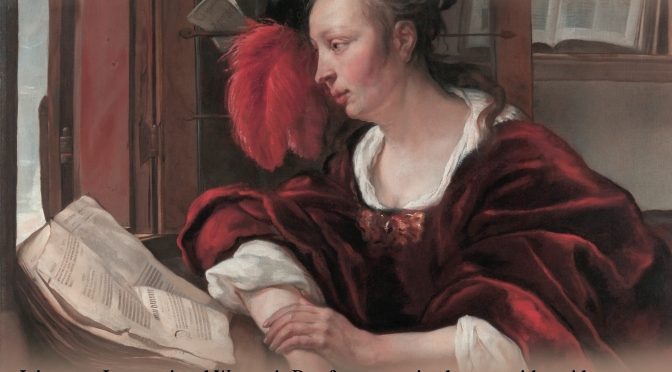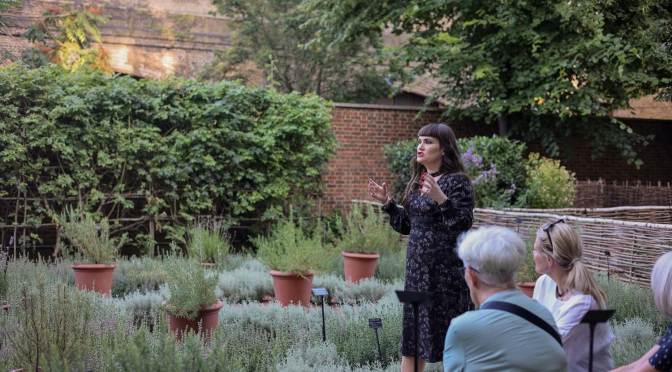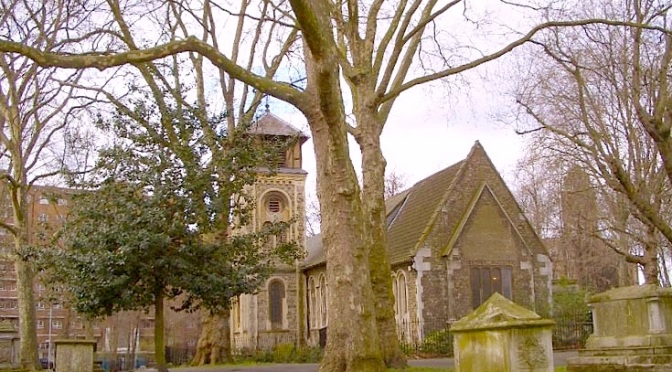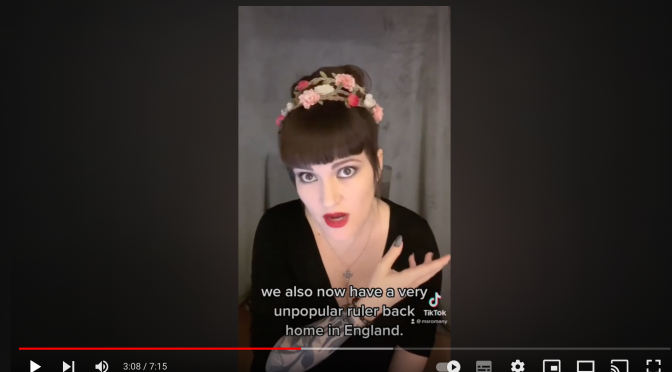Ticket price includes lecture entry, pop-up exhibition, and wine reception.
This International Women’s Day, join us for an evening lecture with resident research fellow Dr Romany Reagan where she’ll share her discoveries of how the women of Sutton House fit into the nation’s history! Times: 6.30pm entry, Talk 7-8pm
History is most often recorded as a long list of men and their deeds, with only passing mention of their wives. However, within the history of Sutton House, we have the opportunity to uncover a different story. The house has been a residence for over 500 years; tallying up the records, we find that women held a controlling interest in the property for more than half of its history. This means that the main narrative of Sutton House is actually not the story of men and their wives — it’s the story of women and their goals.
Ursula Machell snuck in the backdoor of her own house to hold it against her husband’s creditors in 1598. Sarah Freedman founded a girls school in 1657, which she ran on her own for 43 years. Eliza Temple founded her girls school in 1837, and later stood up to be counted for women’s suffrage — 62 years before women would finally win the vote. Mehetabel Ball sold and developed the land around Sutton House in 1865 to create the footprint of Hackney that we know today, naming both Mehetabel Road and Isabella Road after her daughters. Poring through the archives and research notes currently held in the collection, it became clear that there have been many strong women who have called the oldest building in Hackney home, they just haven’t had their time in the spotlight. Until now.













